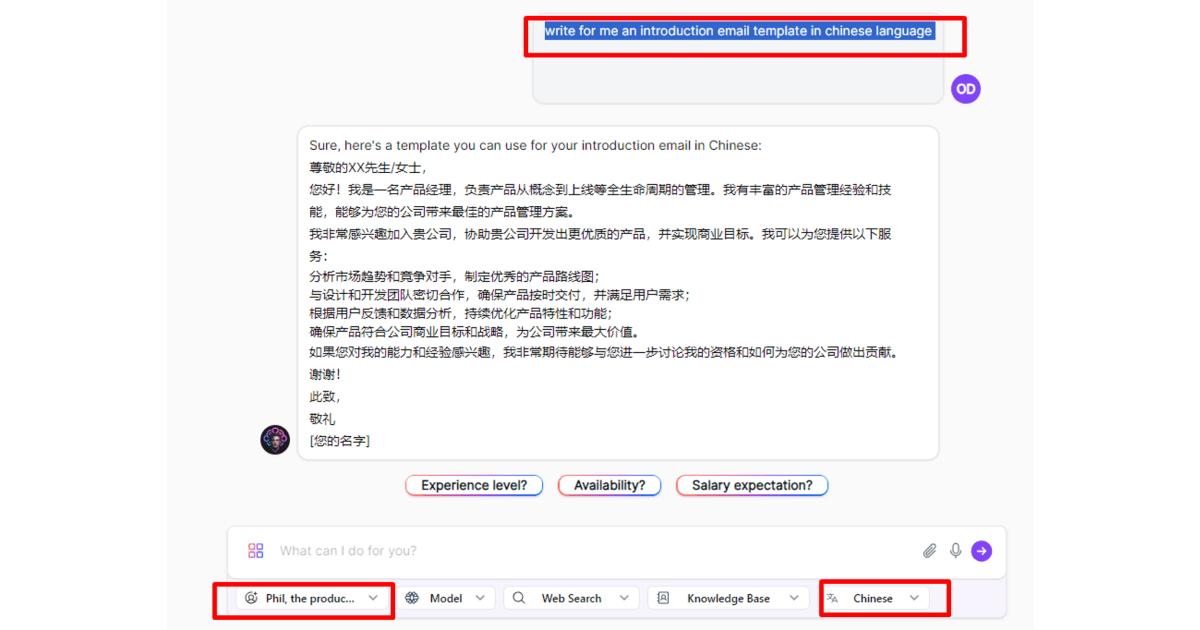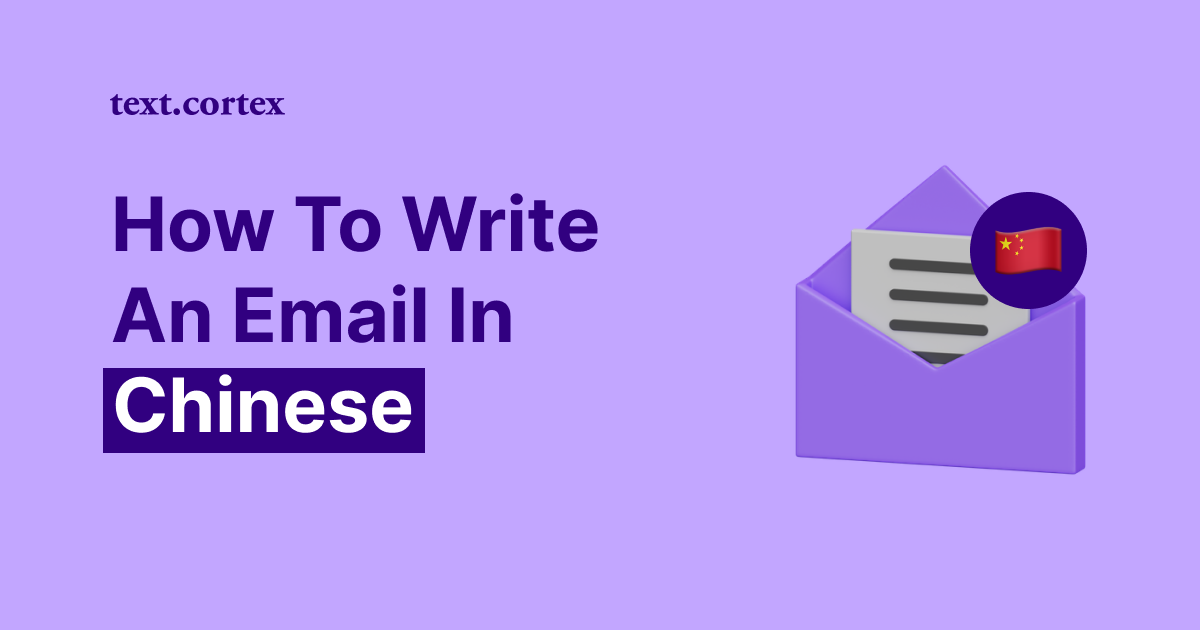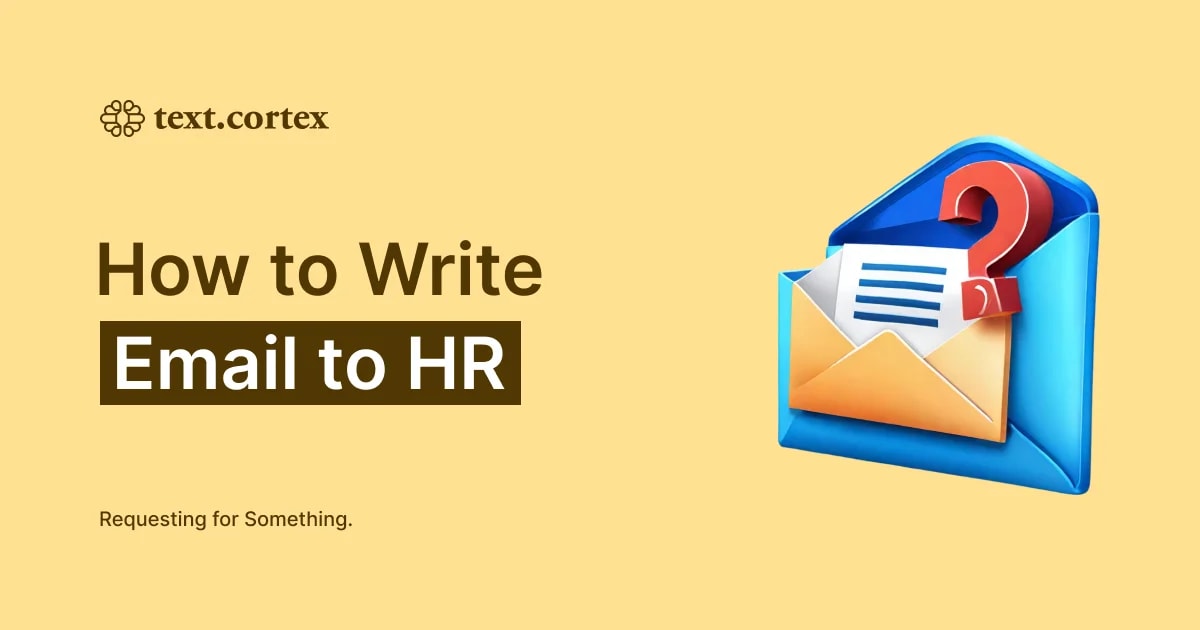Every business culture values clarity and directness.
It's essential to know how to write a formal email because it often serves as a client's first impression and reflects your professionalism and education.
Emails in English and Chinese are quite similar, but there are a few key differences that you will need to pay attention to.
Thus, in this article we'll provide key steps to write an email in Chinese with confidence.
Let’s roll!
5 Steps On How To Write an Email in Chinese
Slight informality in English emails is totally acceptable.
Since that is not the case in Chinese emails, you should pay special attention to the format of the email, greeting, and titles.
1. Write A Brief Subject Of The Email
Whether you are writing a formal or informal email, the subject line should be simple, brief, and straight to the point.
In other words, the email subject line should provide a brief summary of the email's purpose.
To achieve this, use a clear and specific heading that reflects the content of the email.
💡For example, if you are applying for a job or student exchange, write "应用” which means “Application for..”.
💡If you are writing a request for something, the subject line should be “要求”. It translates to "Request for."
2. Start Your Email With An Appropriate Greeting and Title
When writing an email in Chinese, it's essential to pay attention to how well you know the recipient.
This will determine how you begin your email and which greeting to use.
💡For instance, if you are writing a formal email, use “可敬”, which means respectable, followed by a person’s surname.
💡After the surname, add 先生 (xiān shēng) = “Sir” or “Mr.” or 女士 (nǚ shì) = “Ma’am” or “Ms.”
Notice how the order is different from emails in English!
What is particularly important when writing emails in Chinese is to pay attention to their social status in relation to yours.
✏️ 亲爱的陈女士 (Qīn'ài de chén nǚ shì) - Dear Ms. Chen.
Another approach is to use the Chinese character 致 (zhì), which translates to "To."
This option is particularly useful if you're writing to a school or company.
However, if you're unsure who to address your email to, you can use "的相关负责人," which roughly translates to "To Whom it May Concern."
If you're writing an informal email to a friend or family member, you can start with the casual greeting "嘿," which means "Hey."
Alternatively, you can begin your email with the recipient's name for a more personal touch.
📌Bonus Tip
Be careful with the word “Hello”. When writing a formal email, use 您好 (nín hǎo). For informal emails, use 你好 (nǐ hǎo).
3. Be Concise When Writing The Body Of An Email
It is essential to keep your email clear and concise. Avoid rambling, and don’t include any unnecessary information.
Pay attention to your grammar and punctuation errors, mainly because punctuation in Chinese differs from English.
Here are a few general phrases that you can use for writing the body of an email:
谢谢您的邮件
Thank you for your Email
很高兴再次收到您的来信
It is good to hear from you again
听到...我非常高兴
I was delighted to hear that..
很遗憾地告诉你们
I am sorry to inform you that..
附件是___,请查收。(fù jiàn shì ____ qǐng chá shōu)
Attached is ____, please check it out. / Please find the ____ attached.
However, if you are writing a more informal email (e.g. to your friend), you can use phrases like this:
对不起,这么久没有给你写信。
I am very sorry I haven't written for so long.
自从我们上次联系已经过了很长时间了。
It's such a long time since we had any contact.
你对...有什么计划吗?
Have you made any plans for…?
4. Close It Like A Native Speaker
Whether you're expressing gratitude, offering well wishes, or hoping for a response, it's always a good idea to sign off with your name, title, and contact details.
The best way to end your formal email is by using the phrase "此致敬礼" (cǐ zhì jìng lǐ), which translates to "With best regards...".
This is the most common way to end formal email.
💡Remember to write it on two separate lines like this:
此致
敬礼!
These phrases are useful for both, informal and formal emails. Let’s take a look:
致以最衷心的祝福,
With best wishes,
最衷心的问候,
Kindest regards,
保重!
Take care!
一切顺利,
All the best,
5. Master The Format
When writing emails in Chinese, certain formatting rules are mandatory to follow.
Pursue these guidelines:
- Subject Line - Write a brief and descriptive line that summarizes the content of the email.
- Greeting - Start with a polite greeting.
- Body of the email - Write the main message of your email. Be brief and straightforward.
- Closing - Express gratitude for the recipient's time and attention.
- Signature - End your message by adding your name and contact information. You can include your name, title, company, and contact details.
- Attachment - Don’t forget to attach the attachment!
Now that you're familiar with the fundamentals of composing emails in Chinese, we have an exciting treat for you.
How about writing these emails with the assistance of an AI?
Let's explore how that might work!
How to Write an Email in Chinese Using TextCortex
TextCortex is an AI writing tool that'll help you create content faster and better than ever before!
It's like having a writing buddy who's always there to lend a hand 😏
In addition to Chinese, you can write in multiple other languages with TextCortex, as we support over 25 different languages.
Use Zeno ChatGPT from TextCortex and create exceptional, one-of-a-kind content.
How To Use Zeno ChatGPT?
To get accurate results, you must use the right prompts. Give him a clear task, and you can achieve what you want.
After downloading the extension, adding Zeno ChatGPT to your browser, and creating an account, follow these three easy steps to unleash its full potential:
🚨Step One: You can find the TextCortex logo located at the lower right corner of your screen. Click on it to proceed.
🚨Step Two: Select the language that you need
🚨Step Three: Type what you want him to write for you
Take a look at the example below:

Another way to write an email in Chinese is by using the TextCortex Rewriting Tool and the option “Bullet to email.” Try these steps to do that:
🚨Step One: Create a bulleted list. You can write it in Chinese or English.
🚨Step Two: Select the language
🚨Step Three: Highlight the text
🚨Step Four: Click the “Bullet to Email” option
Remember, no credit card is needed when creating an account 😉
Add the TextCortex Chrome extension now and start writing like a pro!


.webp)

